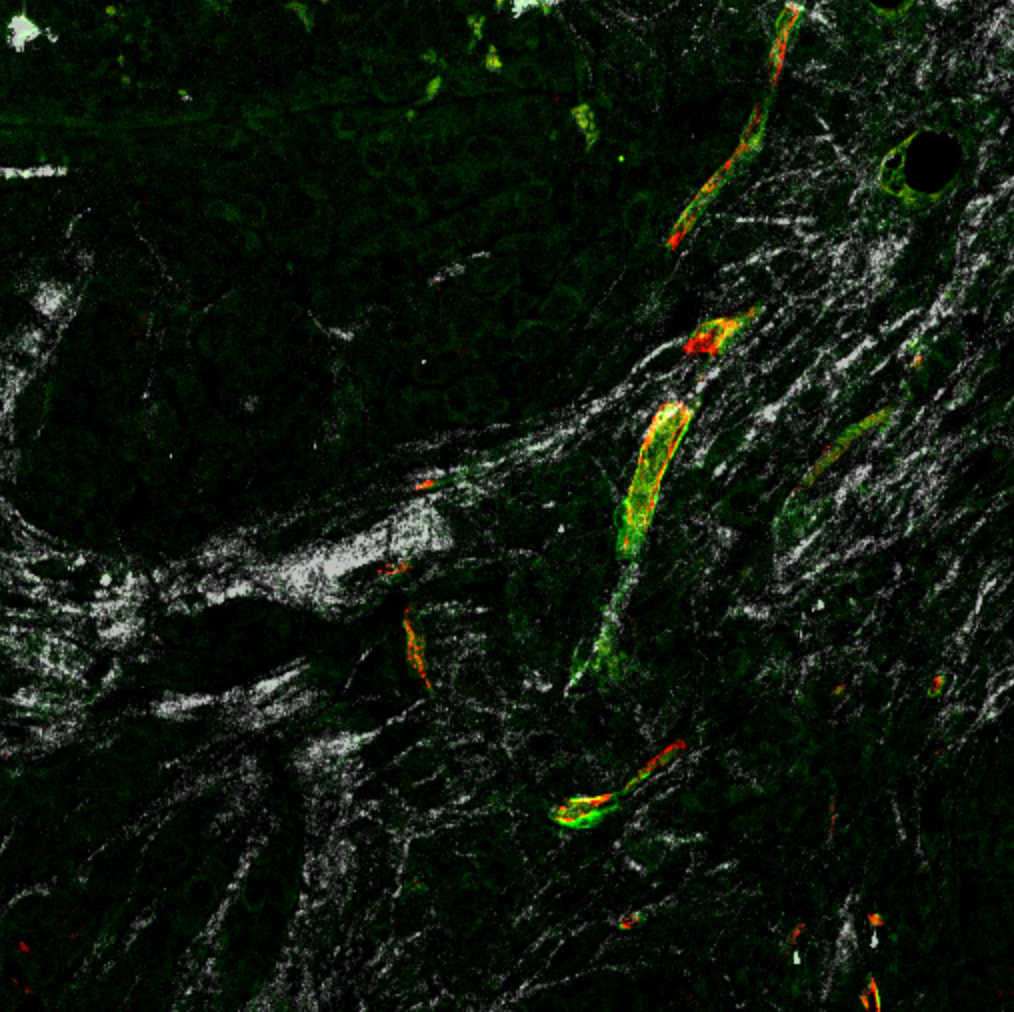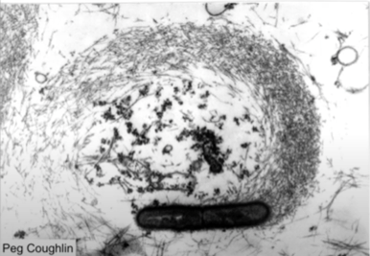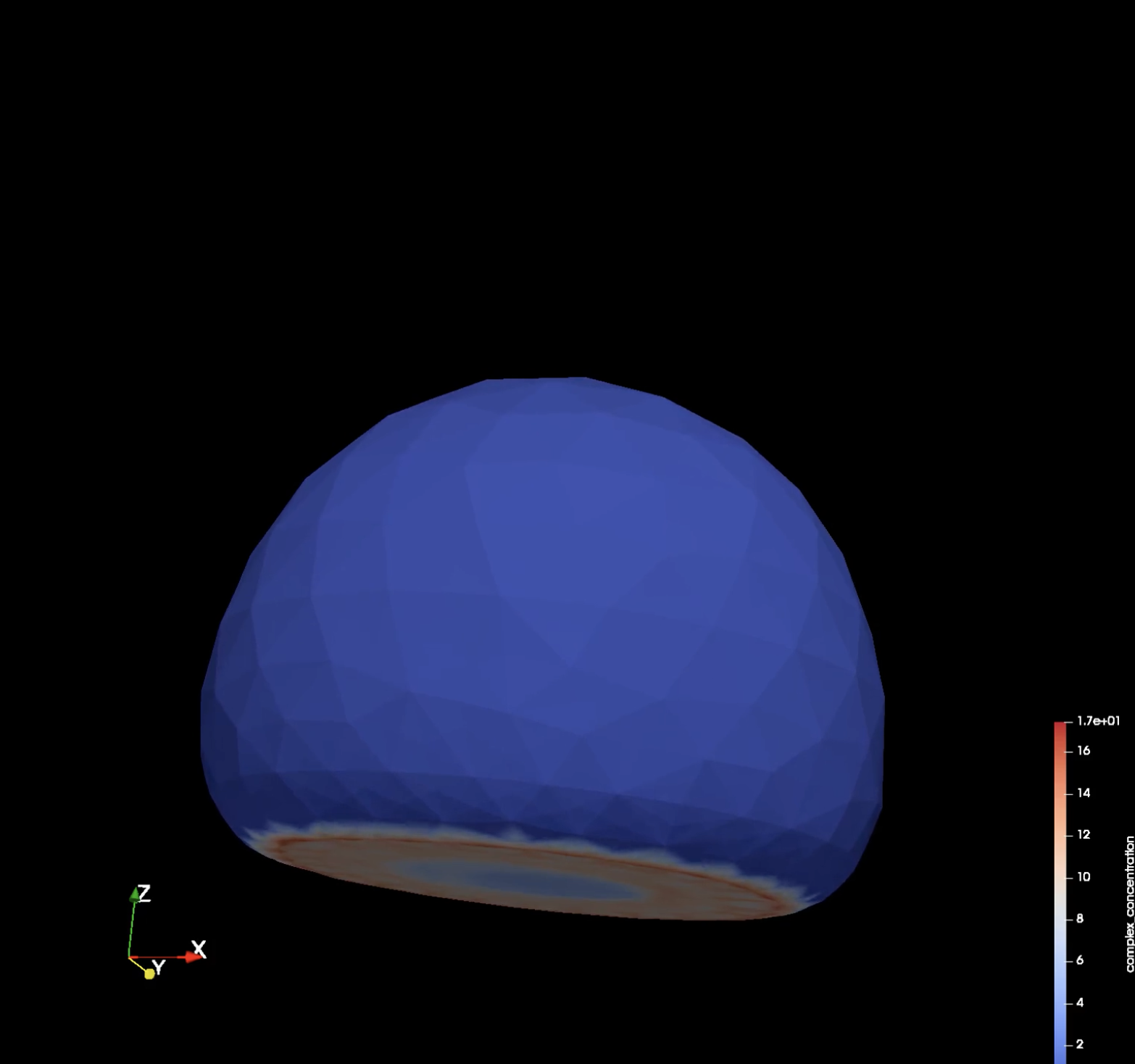Mitola’s Lab
Malignant tumor cells recruit normal cells from surrounding tissue, creating a sophisticated environment composed of tumor cells, immune cells, fibroblasts, adipose cells, macrophages, endothelial cells (ECs), and the extracellular matrix (ECM). The ECM components provide a physical scaffold for the cells within the tumor and have a dynamic role in the evolution and spread of cancers, acting as a reservoir of soluble factors, such as growth and angiogenic factors. The ECM consists of a complex fibrous protein network which supports and transduces mechanical forces to cells, regulating tumor growth and dissemination .
Changes in cell and tissue mechanics are among the hallmarks of cancer, but how tissue stiffening relates to tumor development is less clear. Unfortunately, the tremendous complexity of the tumor 3D microenvironment makes the deep understanding of the mechanical reciprocity between cells and ECM very complicated, which in turn results in difficulties to follow cell changes and ECM mechanics at the same time.

Recently, we identified two variant of the vascular endothelial growth factor receptor 2 (VEGFR2) which alters ECM production and promotes tumor growth, vascularization, metastasis, and sensitivity to targeted drugs. Thus we hypothesized a mechanical role of ECM able to recruit and guide endothelial cells into tumor during melanoma vascularization.
This project aims to deepen the effects of changes in ECM composition, organization, and stiffness on endothelial cell mechanotransduction, eventually leading to tumor growth and dissemination.
Our Projects
Dealii-X: an Exascale Framework for Digital Twins of the Human Body
PI - A. Salvadori The Mechanobiology Research Center at the University of Brescia gladly announces to have received a EU funding for the Horizon-EuroHPC project “dealii-X: an [...]
The Mechanobiology of actin-based motility
PIs - A. Salvadori, C. Bonanno, M. Serpelloni In collaboration with: R. McMeeking, University of California at Santa Barbara, USA M. Guo, R. Kamm, “The mechanobiology lab”, MIT, Boston, [...]
Against the misuse of mechanics in the mechanobiology community
PI - A. Salvadori Within Mechanobiology, the misuse of terminology and methods of mechanics is increasingly noted, especially by isolated groups of biochemists and biologists, [...]




